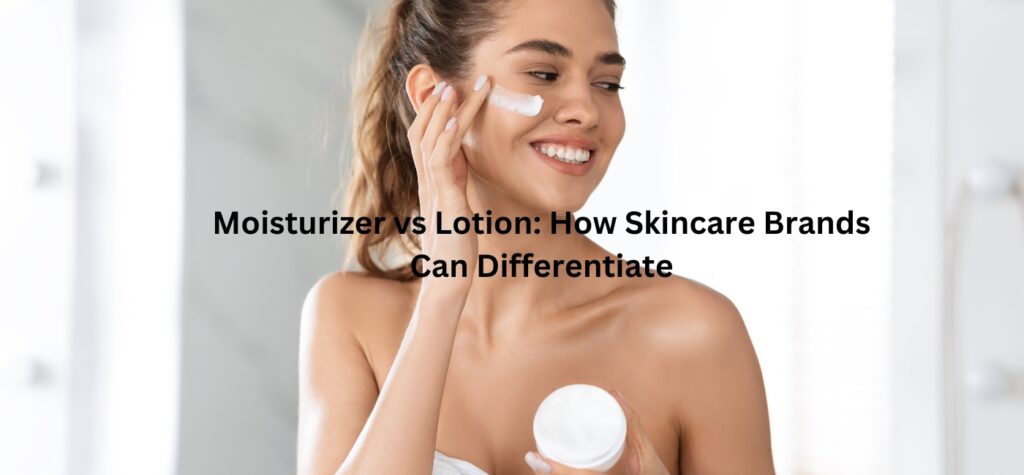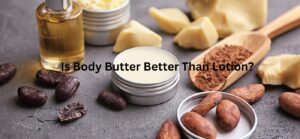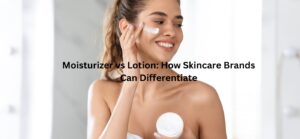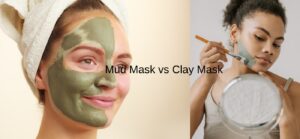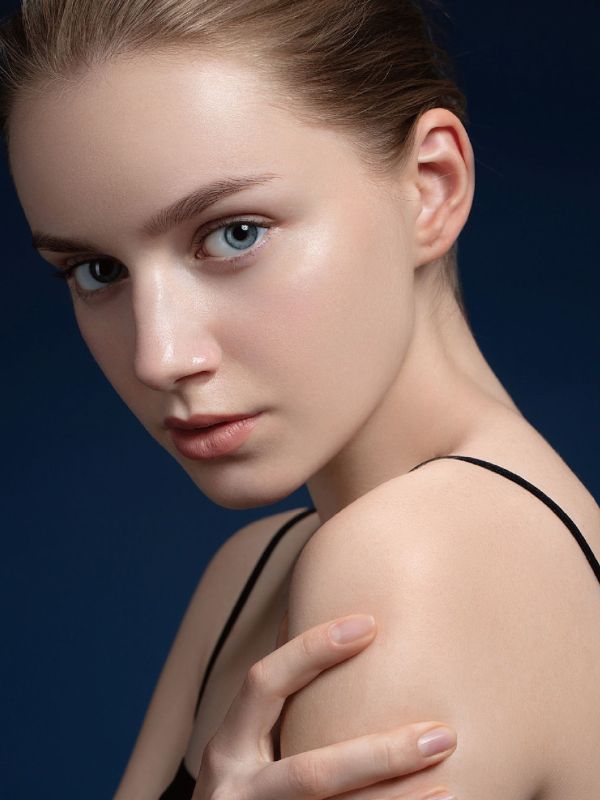As the skincare market continues to grow, brands must develop well-defined product categories to cater to specific consumer needs. One common area of confusion among both consumers and brands is the distinction between moisturizers and lotions. While both serve to hydrate and protect the skin, they have different formulations, textures, and applications.
For skincare brands, understanding these differences is crucial for product differentiation, effective marketing, and consumer education. The right product formulation and positioning can enhance brand credibility, boost customer satisfaction, and increase sales. This guide will explore the key differences between moisturizers and lotions, discuss what makes a high-quality product, and provide insights into how skincare brands can strategically develop and market both.
Understanding Moisturizer vs Lotion: Key Differences
Definition & Purpose
A moisturizer is a broad category of skincare products designed to hydrate the skin, maintain moisture balance, and support the skin barrier. Moisturizers come in various textures, from lightweight gels to rich creams, and cater to different skin types and concerns.
A lotion is a subtype of moisturizer with a higher water content and a lighter consistency. Lotions are fast-absorbing and non-greasy, making them ideal for daily hydration, especially for oily and normal skin types. They are commonly used for body care but can also be formulated for facial skincare.
Texture & Consistency
Moisturizers: Available in gel, lotion, cream, balm, and oil forms, depending on the level of hydration and skin type.
Lotions: Have a thinner, water-based consistency that spreads easily and absorbs quickly into the skin.
Ingredient Composition
Moisturizers: Typically contain a balance of humectants (like hyaluronic acid, glycerin), emollients (like shea butter, squalane), and occlusives (like petrolatum, ceramides) to deeply nourish and protect the skin.
Lotions: Focus on light hydration and often include soothing ingredients like aloe vera, cucumber extract, and lightweight oils such as jojoba or grapeseed oil.
Best for Different Skin Types
Moisturizers: Suitable for all skin types, but formulations vary from rich creams for dry skin to oil-free gels for oily skin.
Lotions: Generally recommended for oily, combination, and normal skin, or as a lightweight body moisturizer.
Use Cases
Moisturizers: Often used in both morning and nighttime skincare routines to provide long-lasting hydration.
Lotions: Preferred as a daily hydration solution, especially in warmer climates or for those who dislike heavier skincare textures.
What Makes a Good Moisturizer? Types & Market-Leading Brands
Key Characteristics of an Effective Moisturizer

A high-quality moisturizer should:
Provide deep, long-lasting hydration while maintaining a non-greasy feel.
Contain a blend of humectants, emollients, and occlusives for maximum moisture retention.
Be suitable for different skin types and concerns, whether for hydration, anti-aging, or sensitivity.
Types of Moisturizers & Representative Brands
Gel-Based Moisturizers (For Oily & Combination Skin)
Lightweight, water-based, and quick-absorbing.
Popular brands: Neutrogena Hydro Boost Water Gel, Belif The True Cream Aqua Bomb, Clinique Moisture Surge 100H.
Daily Moisturizers with SPF (For Sun Protection & Hydration)
Combines broad-spectrum sun protection with lightweight hydration.
Popular brands: EltaMD UV Daily SPF 40, Supergoop! Superscreen Moisturizer SPF 40, La Roche-Posay Toleriane SPF 30.
Deep Hydration Moisturizers (For Dry & Sensitive Skin)
Richer formulations with ceramides and fatty acids for repairing the skin barrier.
Popular brands: CeraVe Daily Moisturizing Lotion, First Aid Beauty Ultra Repair Cream, Drunk Elephant Lala Retro Whipped Cream.
Oil-Free & Mattifying Moisturizers (For Acne-Prone Skin)
Controls excess oil production while keeping the skin hydrated.
Popular brands: Paula’s Choice Clear Oil-Free, Murad Oil-Control Mattifier, La Roche-Posay Effaclar Mat.
What Makes a Good Lotion? Types & Market-Leading Brands
Key Characteristics of an Effective Lotion
A high-quality lotion should:
Have a high water content for lightweight hydration and quick absorption.
Be non-greasy and easy to spread, making it suitable for daily use.
Include soothing ingredients to calm irritation and maintain moisture balance.

Types of Lotions & Representative Brands
Facial Lotions (For Lightweight Hydration)
Provides hydration without clogging pores, making it suitable for daily use.
Popular brands: CeraVe PM Facial Moisturizing Lotion, Aveeno Calm + Restore, Vanicream Lite Lotion.
Body Lotions (For Everyday Skin Hydration)
Lightweight formulations designed for full-body application.
Popular brands: Nivea Essentially Enriched, Vaseline Intensive Care, Eucerin Advanced Repair Lotion.
Sensitive Skin Lotions (For Eczema & Irritation-Prone Skin)
Contains hypoallergenic and fragrance-free ingredients.
Popular brands: Aveeno Daily Moisturizing Lotion, Cetaphil Restoring Lotion, Eucerin Eczema Relief.
Luxury & Scented Lotions (For Sensory Appeal & Nourishment)
Formulated with essential oils and botanical extracts for hydration and fragrance.
Popular brands: Bath & Body Works Aromatherapy Lotions, The Body Shop Body Butter, L’Occitane Almond Milk Concentrate.
How Skincare Brands Can Differentiate
Targeting Different Consumer Preferences
Moisturizers appeal to skincare-conscious consumers looking for long-term hydration, barrier repair, and anti-aging benefits.
Lotions cater to those seeking daily hydration, particularly in warmer climates or for body skincare.
Body vs. Face Products
Facial skincare requires targeted formulations, while body lotions focus on lightweight hydration and fast absorption.
Brands can create bundled skincare sets that include both facial moisturizers and body lotions.
Seasonal Skincare Offerings
Lotions gain popularity in summer, while richer moisturizers are in higher demand in winter.
Offering seasonal variations helps brands stay relevant year-round.
Sustainability & Eco-Friendly Packaging
More consumers are looking for biodegradable packaging and refillable containers.
Skincare brands should consider clean, vegan, and cruelty-free formulations to appeal to ethical consumers.
How Opseve Helps Skincare Brands Develop Winning Moisturizers & Lotions
With over 20 years of experience in OEM skincare manufacturing, Opseve specializes in helping skincare brands create customized, high-performance moisturizers and lotions tailored to their target audience. From ingredient selection to final production, our expertise ensures that your products stand out in a competitive market.
Our team focuses on formulation innovation, regulatory compliance, and sustainability, helping brands develop skincare solutions that align with current industry trends and consumer demands. Whether you’re looking to launch a lightweight lotion for daily hydration or a rich moisturizer for deep skin nourishment, Opseve provides comprehensive support from concept to market launch.
Skincare brands seeking to develop high-quality moisturizers and lotions can benefit from:
Custom formulations designed for specific skin concerns and seasonal needs.
A variety of textures and ingredient combinations to suit different consumer preferences.
Sustainable packaging solutions that appeal to eco-conscious buyers.
Regulatory compliance expertise to ensure safe, effective, and globally accepted formulations.
If your brand is looking to develop moisturizers and lotions that stand out in the market, contact Opseve today to start creating your next best-selling skincare product.
Frequently Asked Questions (FAQs)
1. What is the main difference between a moisturizer and a lotion?
Moisturizer is a broad category of skincare products that help hydrate, protect, and nourish the skin. It comes in various forms, including creams, gels, and balms. Lotion, on the other hand, is a specific type of moisturizer that has a higher water content, making it lighter and more fluid. Lotions absorb quickly and are commonly used for body hydration, while moisturizers can be formulated for both face and body with different textures for specific skin concerns.
2. Which is better for dry skin, moisturizer or lotion?
For dry skin, a moisturizer with rich emollients and occlusive agents is more effective, as it helps lock in moisture and repair the skin barrier. Cream-based moisturizers containing shea butter, ceramides, and squalane are ideal for deep hydration. Lotions, due to their lighter texture and higher water content, are more suitable for normal to oily skin or for those who prefer a non-greasy, quick-absorbing formula.
3. Should skincare brands offer both moisturizers and lotions?
Yes, offering both products allows skincare brands to cater to a wider range of consumers with different skin types and preferences. Moisturizers are ideal for targeted skincare solutions, such as anti-aging, barrier repair, or deep hydration, while lotions are versatile daily hydration products that work well for body care and warm climates. By providing both, brands can enhance their product portfolio, increase customer retention, and maximize seasonal sales opportunities.

